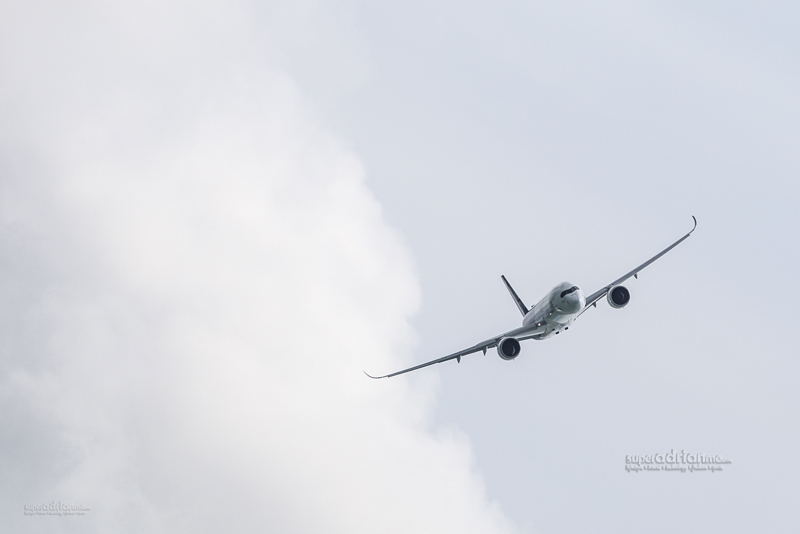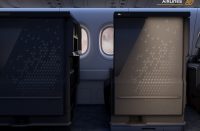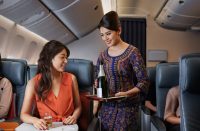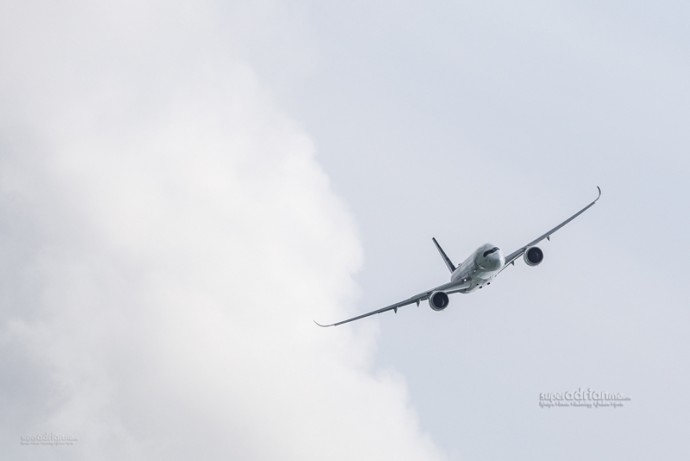
Global air transport profits is expected to grow to US$39.4 billion according to the International Air Transport Association. It revised its 2016 financial outlook from US$36.3 billion in December 2015. Revenues on US$709 billion for an aggregate net profit margin of 5.6% this year is expected to be the fifth consecutive year of improving aggregate industry profits.
Last year, airlines generated a global aggregate profit of US$35.3 billion with all regions making a contribution to the US$4.1 billion boost over 2015 profits with improved results. Over half of the industry profits will be generated in North America with US$22.9 billion while carriers in Africa are forecast to continue generating an overall US$0.5 billion loss.
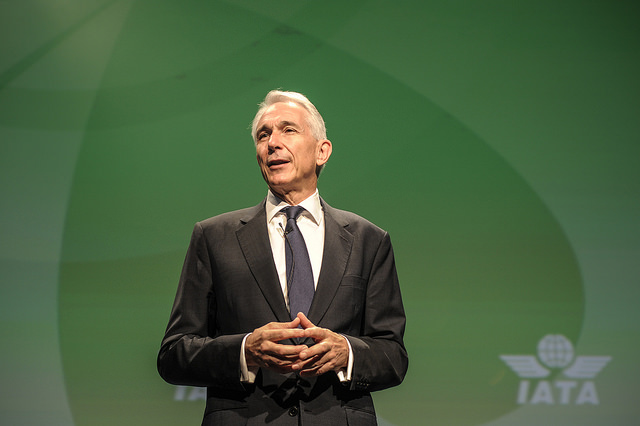
Tony Tyler, IATA’s outgoing Director General and CEO attributed this to lower oil prices, global economy, passenger demand, cargo and the hard work of airlines. Load factors are at record levels and new value streams have increased ancillary revenues. Joint ventures and other cooperations are improving efficiency and increasing consumer choice.
On average, airlines will make US$10.42 per passenger. The return of invested capital is expected to be 9.8% which will exceed cost of capital estimated at 6.8%. This is the second year in a row and the second time in the airline industry’s history.
Oil Prices is averaging US$45/barrel (Brent) over the course of the year. Last year’s average was US$53.9. Fuel is expected to represent 19.7% of the industry’s expenses, down from a high 33.1% in 2012-2013. Airlines will realise the full impact of lower fuel prices as hedges mature.
Weak economic conditions this year with an expected expansion of GDP by 2.3% this year is the weakest growth since 2008 when the world hit a financial crisis. Consumer spending remains relatively strong while corporate spending is being conserved.
Passenger demand in 2016 is expected to be robust with a growth of 6.2%, albeit a slowdown from the 7.4% growth recorded last year. Capacity is expected to grow slight ahead of demand at 6.8%. Load factors remain high at 80%. Yields are expected to fall by 7% and unit costs are expected to fall by 7.7%. Passenger business is expected to generate US$511 billion in revenues, down by US$7 billion last year.
Cargo remains in trouble with 2.1% growth in demand. Overall, it is expected to generate US$49.6 billion in revenues, down from US$52.8billion last year.
In Asia Pacific, airlines are expected to post a US$7.8 billion profit in 2016, up from US$7.2 billion in 2015. In comparison, North American carriers continue to delivery the industry’s strongest financial performance with an expected US$22.9 billion net profit. European airlines expect to post a US$7.5 billion profit in 2016 and US$1.6 billion for Middle East carriers, US$100 million for Latin American Carriers and a US$500 million loss for African carriers.
Consumers will benefit from the industry’s improved performance. This year the average return airfare before surcharges and taxes is expected to be US$366 which is a 62% reduction on 1995 levels after adjusting for inflation. Some 3.8 billion passengers are expected to fly this year. In terms of direct airline jobs, it is expected to rise by 2.8% to 2.61 million.
Investments in new aircraft are a major driver of fuel efficiency improvements. Some 1,900 new aircraft is expected to be delivered. About half is projected to replace less fuel-efficient older aircraft.
Safety remains the top priority for IATA. Accidents are extremely rare with one major accident for every 3.1 million flights, a 30% improvement on the five-year average. It is still the safest way to travel and IATA endeavours to make it even safer. Global standards help to tackle emerging issues. Since the loss of Malaysia Airlines flight MH370, the International Civil Aviation Organisation has established a global tracking standard with input from the industry. People can now share important safety information of any kind without the fear of reprisal with the protection of Just Culture by an amendment to the Chicago Convention’s Annex 19 on Safety Management.
IATA is using a data-driven approach to ensure priority is given to the higher risk issues. It participates in several programmes which target risk reduction in the areas of CFIT, Loss of Control in flight (LOC-I) and runway excursions – the three top threats in aviation. ICAO has also mandated that airlines have to establish an aircraft-tracking time interval of 15 minutes by 8 November 2018. Autonomous distress aircraft tracking should be provided automatically at least once every minute in distress circumstances which include severe turbulence, loss of altitude or electricity or engine amongst others. These requirements apply from 1 January 2021 for aircraft delivered on or after that date so retrofitting is not necessary. ICAO has also extended the required duration of cockpit voice recordings to 25 hours from 2021 instead of the current two hours.
Security is also one of the top priorities. Over the past 12 months, terrorists have laid claim to atrocities involving Metrojet 9268, Dallo 159, and Brussels Airport. Governments face the challenge of protecting the values of free and open societies from people with an agenda of darkness. Brussels attack highlighted the importance of landside security in the airports.
Two important IATA initiatives can help mitigate risks with efficient processes that reduce queues and crowds. Smart Security will streamline security with a risk-based approach and modern technology, with the triple benefit of reduced queues, more effective screening and a better customer experience. Fast Travel will speed-up passenger processing with self-service technology.
Government intelligence capabilities will play the biggest role in keeping the airport and air travel secure. Airlines continue to support risk assessments that governments make by providing Advance Passenger Information and Passenger Name Record data. Governments have been asked to share intelligence information that they have more effectively. ICAO has established an online portal for governments to share critical information for airline risk assessments.

